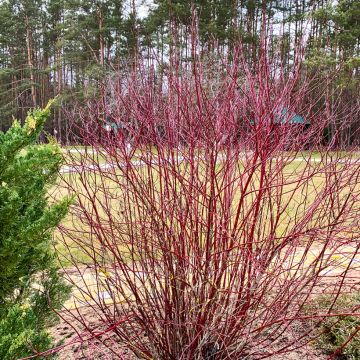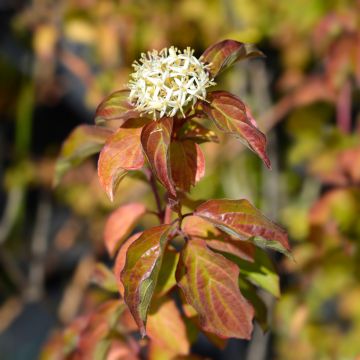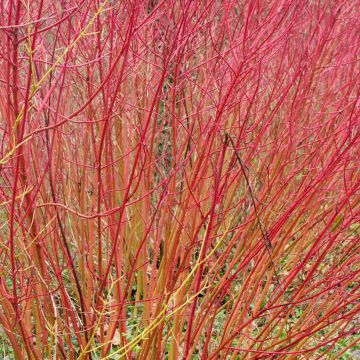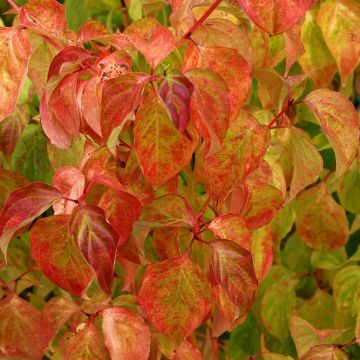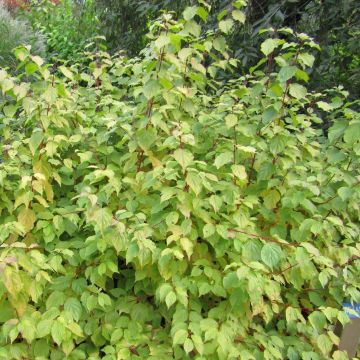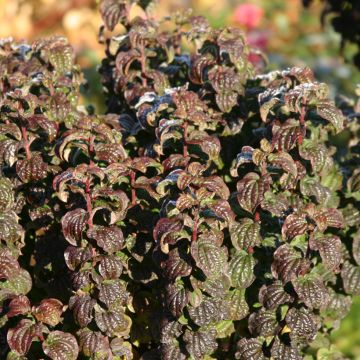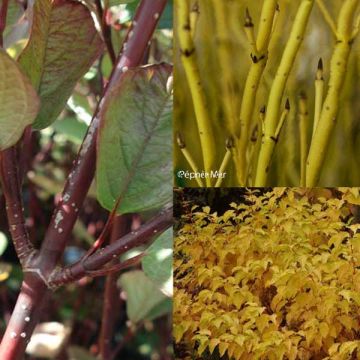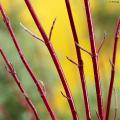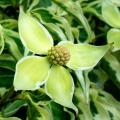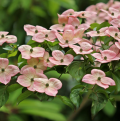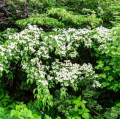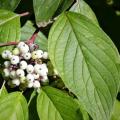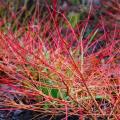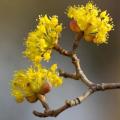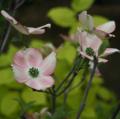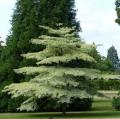Cornus sanguinea - Common Dogwood
Does this plant fit my garden? Set up your Plantfit profile →
Available in 3 sizes
Available in 4 sizes
Available in 2 sizes
Available in 2 sizes
Available in 2 sizes
Available in 1 sizes
Available in 1 sizes
Our range of Cornus sanguinea. The common dogwood, in Latin Cornus sanguinea, is a deciduous bush native to Europe, notable for its colourful wood, highly visible in winter. With its glowing stems and dense foliage, it is interesting throughout the year. This species has produced magnificent varieties such as 'Midwinter Fire' appreciated for its stems that turn from yellow to orange and then red. Or 'Annys Winter Orange' with branches of bright orange that warm up the garden, even in grey weather. For those looking for decorative foliage in addition to colourful stems, 'Magic Flame' offers flamboyant leaves that become purple in autumn. Discover all our varieties of common dogwood on these pages.
Capable of growing in all types of soil, Cornus sanguinea thrives in sunny to semi-shady exposure, in many regions.
Haven't found what you were looking for?


































